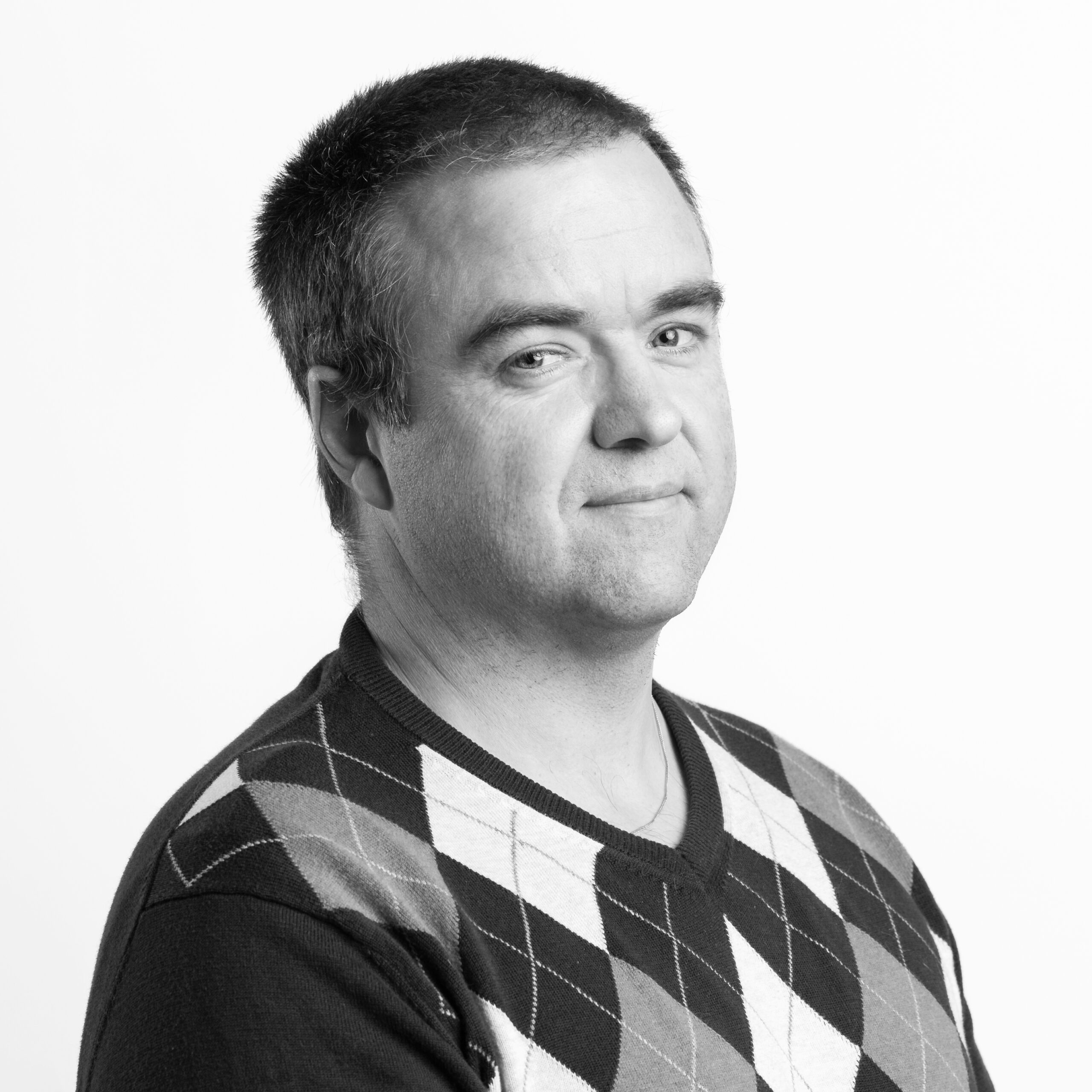Welcome letter Master´s Programme in Telecommunication Systems – Autumn-24
Congratulations on your admission!
Welcome to the Master´s Programme in Telecommunication Systems
at Blekinge Institute of Technology!
We expect to greet you at Campus Karlskrona on 2 September for your first day!
Updated: The programme introduction will be held at 09.00 in room J1610. Your first day will also include introductory- and social activities. Make sure to visit the Student portal for a detailed programme.
Make sure to visit our International student guide, where you will find dates for upcoming webinars, practical information and support for your next steps.
Procedure to join the programme
You must fulfil these steps to keep your place on the programme.
- Tuition fee (deadline 15 May)
Visit the tuition fee page for information.
- Apply for a residence permit (as soon as possible)
Visit the Migration agency home page for more information, if you will take a Campus programme.
- Activate student account (from 21 March)
You will recieve an email with instructions, read more on Student Portal – Get started.
- Register for the courses (from 26 July)
You must register on-line for the courses to keep your place on the programme. Instructions are on Student portal – Get started.
- Programme start (2 September)
If you cannot participate in the programme introduction, report this by email to the programme manager.
Programme and courses
Courses during the initial semester:
Network and System Security , 7,5 hp Period: 2024-November-04 until 2025-January-19 Kurskod: DV2636
Introduction to Cloud Computing , 7,5 hp Period: 2024-November-04 until 2025-January-19 Kurskod: DV1566
Programming in UNIX Environment , 7,5 hp Period: 2024-September-02 until 2024-November-03 Kurskod: DV1457
Computer Communications , 7,5 hp Period: 2024-September-02 until 2024-November-03 Kurskod: DV1619
Today’s telecommunications systems are, to a large extent, based on software. This is clear from the recent developments in Software Defined Networking (SDN), Network Function Virtualization (NFV), and Cloud Computing. However, at their core, we still find the Internet Protocol, programming, and mathematics. Hence, please refresh these skills before the programme starts. I recommend refreshing your English understanding, reading, and writing. Most of the material (lectures, books, assignments) is in English, and you must write several academic reports during your studies here.
The first two classes, Programming in UNIX Environment and Computer Communication, are quite practical. Hence, I recommend reading the prerequisites for both classes to learn what is required of you. If you have not been programming for a while, refresh your C/C++ knowledge. Also, you should view the prerequisites for the next two classes, Network and System Security and Introduction to Cloud Computing, so that you can already start preparing for them.
Equipment and digital tools
BTH requires students to use their own computers for studies. Your programme might have specific hardware or software requirements, make sure to check here if your program is listed and find out what you need. Additionally, for online education, ensure you have a camera, a headset with a microphone, and an internet connection.
All programs and courses use the online learning management system Canvas. Once you activate your student account and register for a course, you can access your Canvas course page. You can find more information about Canvas, Zoom, and other digital tools you have access to here.
Given our extensive use of Linux, Virtual machines, and containers, it’s important to be comfortable working with Linux and various tools for Virtualization. Proficiency in Linux is a must, including installing and updating packages, working with scripts and terminals, building software from source code, using Git, and basic SSH. For Virtualization, we utilise different systems and tools. It’s beneficial if your computer has VirtualBox installed and you’re at ease operating it, such as creating VMs and networks, importing and exporting appliances, and understanding how the host and the VM can interact (both via network and shared folders). You’ll need additional knowledge if your daily driver is a Mac (especially an M1 or M2-based device). Typically, our VMs are x86/AMD64 based. This familiarity with the tools will enhance your ability to engage with the course material and complete assignments effectively.

Further questions?
If you still have questions after reading this welcome letter and visiting
International student guide, please contact studentreception@bth.se.